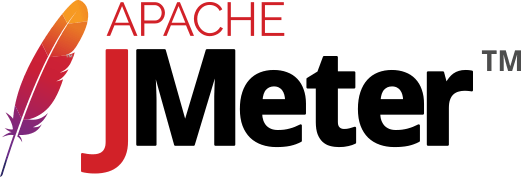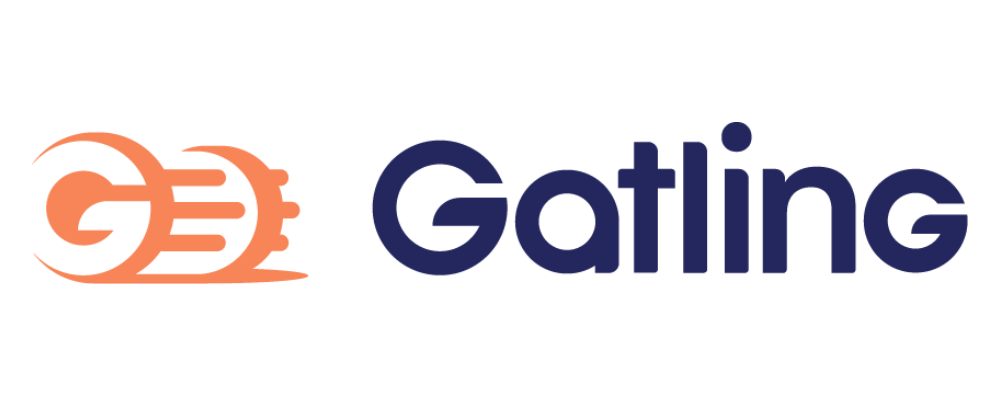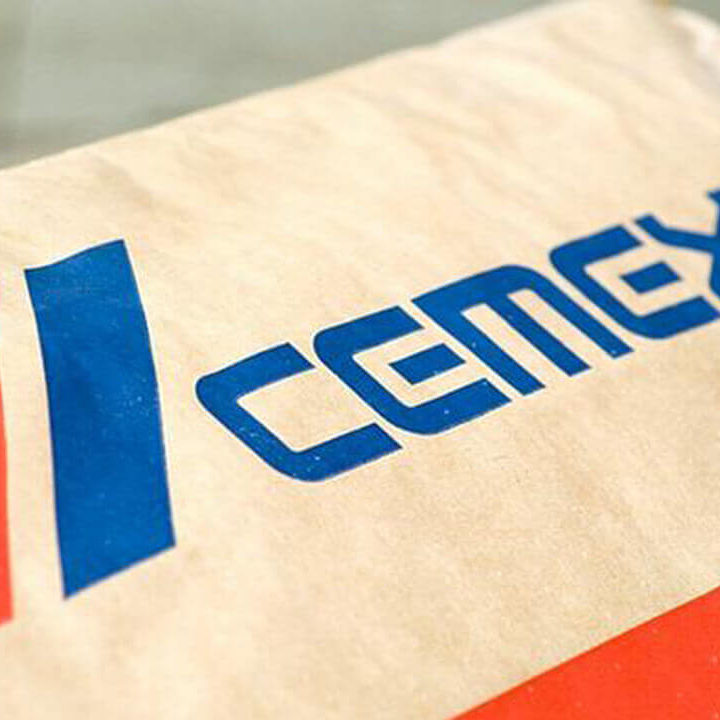The best performance
testing tools of 2025
User expectations using web platforms are increasing in our modern digital world. Which is why, to be competitive in the market, it is necessary to have functional and flawless applications and websites. This is why carrying out performance tests is a necessity.
Performance tests help you test how your system will work under heavy user traffic conditions. From analyzing speed, scalability, and stability to identifying bottlenecks and optimizing processes, these tests help you meet market expectations.
However, to carry out quality performance tests, it is necessary to have a good testing platform and resources to use it correctly.

It is common for tests to be made incorrectly, by not knowing what to test or by just testing a single component of the whole application. Which is why it is important to choose the adequate tool, because every app or business has different complexities, resources, and expectations.
We present the four most recognized performance testing tools nowadays.
1. Apache JMeter
Developed by the Apache Software Foundation, it is an open-source tool used widely for performance and load testing of web applications, APIs, databases, and other server-based systems.
Recognized for its flexibility, profitability, and user-friendly interface, JMeter allows you to simulate different scenarios and generate loads to evaluate the performance of a system in different conditions.
Its main goal is to evaluate how the system can sustain a certain load or amount of work; additionally, it measures response times and identifies performance bottlenecks.
Main characteristics:
- Open Source (Free)
- Allows distributed testing for load generation throughout different machines.
- Supports a range of protocols, including HTTP, HTTPS, SOAP, JDBC, and FTP.
- Extensive performance reports and analysis with graphic representations that allow for the identification of bottlenecks.

- User-friendly interface that allows the user to create scripts easily.
- Compatible with Windows, MacOs, and Linux.
- Can carry out tests on other web servers such as Apache, Nginx, IIS, and databases like MySQL, Oracle, and PostgreSQL.
- Integrates with CI/CD, Selenium, and is compatible with APM tools.
However, JMeter also has some areas of opportunity. For example, despite its user-friendly interface, it has a steep learning curve, which requires expert testers to take advantage of the most advanced features fully. Additionally, it requires advanced scenario scripting, which also requires time and resources of the testing team.
Likewise, JMeter does not have real-time monitoring, which prevents testers from observing application performance during the test execution; it is necessary to integrate external tools to access this information.
2. Gatling
It is an open-source platform designed to help developers evaluate the scalability and performance of their web apps. It is recognized by its efficient use of resources and its ability to manage a great load of concurrent users.
Some of its main characteristics:
- Open-source (Free)
- Offers a domain-specific language (DSL) named Scala, that simplifies the creation of test scripts, and also allows specification of the steps that the user should take during the test.
- Provides real-time monitoring and reporting of key performance indicators, such as response times, CPU usage, memory usage, error rate, and much more.
- Can manage thousands of concurrent users, which allows the evaluation of a platform’s performance under great loads.
- It is optimized for load testing web apps, being compatible with HTTP, HTTPS, and WebSocket protocols to carry out a variety of web system tests.
- Integration with CI/CD tools, such as Jenkins and Bamboo, that allows automated performance testing with continuous integration.
- Ability to distribute load transversally through different machines and servers.

However, because Gatling’s system depends on the DSL Scala, if the testing team is not familiar with the language, it is possible that it requires additional training. Additionally, Gatling supports a few protocols, which makes it incompatible with a variety of protocols or technologies of some web applications.
3. NeoLoad
As part of the Tricentis offer of tools and services, NeoLoad is a platform designed to evaluate the performance and scalability of web applications, APIs, and other web-based services.
It is mainly known for its friendly interface, in which people with different levels of experience can carry out quality performance tests. NeoLoad allows you to standardize an organization in only one performance testing platform, in which teams can collaborate transversally.

Key functions:
- Different integrations with your DevOps applications: it integrates with AWS, Azure, Dynatrace, AppDynamics, among others.
- Integrates natively with any CI server, such as Jenkins, Bamboo, TeamCity, and others.
- Contains real-time panels that display performance metrics during testing.
- Allows collaboration between team members, and you can share scenarios, results, and reports among partners.
- It is designed specially to unify different teams with different abilities, and can join Dev, Ops, and other areas.
- Supports web and mobile apps with HTTP and HTTPS protocols. It can also manage apps developed in Java, .NET, Node.js, and PHP, among others.
- Its RealBrowser technology allows the realization of navigator-based tests and protocols in one single solution.
- It is designed to manage cloud performance testing challenges and allows you to migrate apps without risk.
- Use of integrated artificial intelligence for script autoreparation.
Despite all of its benefits, NeoLoad is a commercial platform, which is why its price may be a barrier for smaller enterprises with less budget for testing. However, in comparison to Open-Source platforms, it is compatible with business applications like SAP, which is a certified partner of Tricentis, and together, they have a great number of integrations between their platforms.
4. LoadRunner
LoadRunner is a software that helps you measure the performance, scalability, and reliability of an app. It is known for supporting a great range of applications and protocols, including some web and mobile applications, and much more. It allows testers to create and execute load and stress tests to evaluate the performance of applications in different scenarios with different loads.
Main characteristics:
- It can manage a great number or load of users with scalability.
- Script language that allows the personalization of scenarios.
- Compatible with Windows and Linux, and supports various operating systems, web servers, applications, and databases.
- Supports testing of web apps and frameworks such as JAVA, .NET, Oracle Forms, SAP, HTTP/HTTPS, MQTT, HTML5, WebSockets, RDP, and Citrix.
- Integrates with Jenkins and Azure DevOps for automated performance testing in CI/CD pipelines.
- Reduce scripting time with its scripting and debugging engine.
- Integrates with development environments, which allows carrying out tests early in the cycle of life of the app.

Just like NeoLoad, LoadRunner is also a paid platform, which can hinder teams with a smaller budget for performance testing.
Additionally, using LoadRunner can be complicated to use for testers without experience. Its configuration and maintenance can be elaborate as well, and require specialized personnel.
It is important to identify the strengths and weaknesses of each platform and recognize in which ways you can take the most advantage of them to carry out quality performance tests. With our guidance, we help your business find the best tools for your platforms, whether they are open-source or paid.
From retail leaders to airlines, in Getecsa, we have wide experience in carrying out performance tests with different tools for enterprises of different sectors, such as The Home Depot, Liverpool, Del Sol, and Vivaeaerobus. We have carried out tests up to 100,000 concurrent users in an international level.
If you want to evaluate which tool is the most adequate for your business, contact us to obtain a free proof of concept.
bye Isabel González Centeno, August 18, 2025.
References
Abstracta. (2025). Top Performance Testing Tools-Boost Scalability! https://abstracta.us/blog/performance-testing/performance-testing-tools/
BrowserStack. (2025). Top 20 Performance Testing Tools in 2025. https://www.browserstack.com/guide/performance-testing-tools
Pathak, A. (2025). Las 26 mejores herramientas de pruebas de rendimiento para usar en 2025. Kinsta. https://kinsta.com/es/blog/herramientas-pruebas-rendimiento/
Stojanov, I. (2025). What Is Performance Testing and Why Is It Important? TestDevLab. https://www.testdevlab.com/blog/what-is-performance-testing
Tricentis. How NeoLoad is Different From JMeter. https://www.tricentis.com/learn/how-neoload-is-different-from-jmeter



